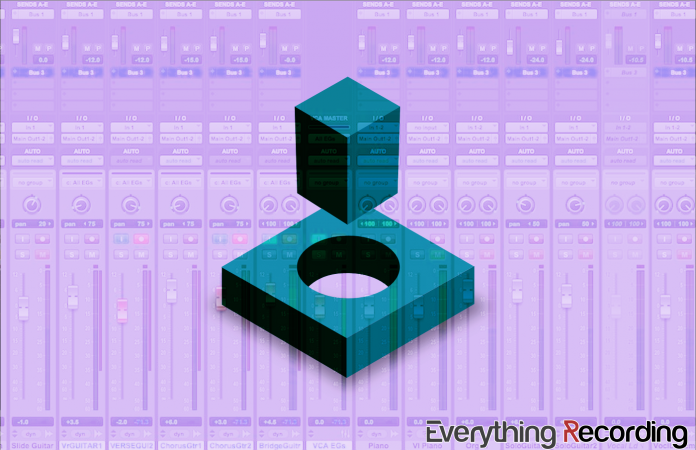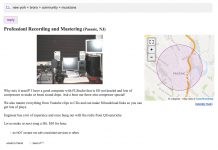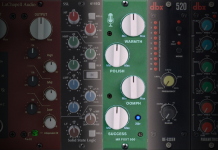As I edit this, the online engineer cognoscenti are prattling on about “Ocean Eyes” by Billie Eilish being available as a Logic Pro template. I thought it might be a good time to have an unwanted, unwelcome “expectations management” session for those who think 10 million SoundCloud plays are just a point and click away.
STATING THE OB(li)VIOUS
People who produce and engineer music are competitive. Yes, we all like to speak in communal platitudes about “rising tides raising all boats” but the truth is that we seethe with anxiety whenever we hear somebody else do it “better”. Friendly competition as it might be, every one of us – whether we’re bedroom neophytes or established professionals – are looking for any way to get a leg up. And lest we forget, we are customers of an industry whose very business model is predicated upon providing a scratch for every possible itch.
This first appeared to us commoners as “celebrigineer” plug-ins and presets. Want CLA’s super up-front guitar sound or Jack Joseph-Puig’s signature vocal chain (and maybe that sweet blazer he’s wearing)? You could study their technique, read articles and watch interviews, or even take the time to (gasp!) LISTEN and reverse-engineer their mixes. But who has time for all that “learning” nerdery, right? Especially when you can simply download their signature edition plug-in or presets bundle. Just slap “Grammy Winning Mix Bus Comp” on your audio and assume your rightful place among the tippity-top of “who’s who in audio engineering”.
But in many cases those celebrity-endorsed plug-ins and presets were somewhat of a mirage. Your mix still oozes with ‘meh’, but with a shiny dollop of processing clouding things up further. What’s an aspiring engineer to do? I mean, you could revisit the idea of studying up, experimenting and developing your critical listening but again – time waits for no man. God forbid you develop your own thing here, you want to do “that Billie Eilish thing” and dammit, you’re gonna get it.
Again, the industry has heard your cries and, the benevolent capitalists that they are, now offer mix templates from these engineers. I mean, if you want “that mix”, no problem. They’ll just take the session, scrape out all the actual audio and leave the framework. Just add your own sounds and rejoice! Right? If it sounds too simple to work because it is too simple. The logic, flawed as it is, makes sense to anybody wanting to step up their game: If you just had their levels, their bus and send assignments, and their processing chains, you would in effect make their Grammy-award winning sessions YOUR Grammy-award winning sessions.
Let’s just take a second to ponder just how little sense this makes…
Get excited, because we’re taking a field trip today. Log off, power down and pack a lunch because we’re going to your kitchen. Today’s mental exercise: You’ve decided to whip up a batch of cookies for a loved one. Your mom, your girlfriend, that co-worker you’ve been stalking on Instagram, whatever. Though you’ve managed to make the occasional microwave burrito without starting a fire, you’ve admitted to yourself that maybe the culinary arts are a bit elusive. So you do what every other internet-connected person would: You download a recipe.
This is not my best analogy. Noted.

You preheat the oven. You start combining ingredients. Oh, but this recipe is calling for chocolate chips and you’ve got raisins. You don’t have baking powder, but you DO have baking soda. Same difference, right? You don’t have a mixer, but you DO have a blender. They both do mash stuff together as far as you can tell. To be honest, you get a little confused a few places along the way but, in the guiding light of this recipe it should still come out pretty good.
Eight minutes later, you pull your piping hot creation from the oven. They don’t look much like the images you saw online but they ARE round. So you snatch yourself up the first one and they taste like hot hockey pucks rolled in clay. What gives? You did pretty much everything the directions told you to. Yeah, maybe you had to substitute some ingredients but that was just a “pinch” of some spice. A mere pinch. Betty Crocker laughs her evil laugh and you settle into a cookie-less hour’s worth of dishes. Deflated. Beaten.
MAKING AN ASS OUT OF “U” AND “MPTION”
You crack open this mix template and start dragging in audio files. Pretty much everything on their input list matches up to yours. A couple of kicks and snares, a pair of drum overheads or room mics, several pairs of instruments, keys and three different vocals. Spiffy, this should be easy. You drag, you drop… and then you hit play. What was once a “not bad, just lacking a certain something” mix has metamorphosed into a metallic caterwaul that even Yoko Ono herself would disown-o with an “oh no”. Where’s the punchy drum mix? Why do the guitars sound like they’ve been run through a broken bass amp? And what’s up with the vocals? You can barely hear them and at the same time, they’re way too loud.
The point of failure is not the plug-ins or EQ – but the act of assumption. If you assume things “are” when they are not, the rest falls apart quickly. Let’s grab any one of those problems and take a look. Let’s say… vocals. Unlike the famed engineer who created said template, you recorded the vocals in your home studio with a few moving blankets draped around the singer. The microphone and preamp weren’t as good as theirs but you used a little compression to make it ‘punchy’, especially since the singer tended to move around a lot. Well, you’re right – Mr. Four-time Grammy Winner DID do things a little differently.
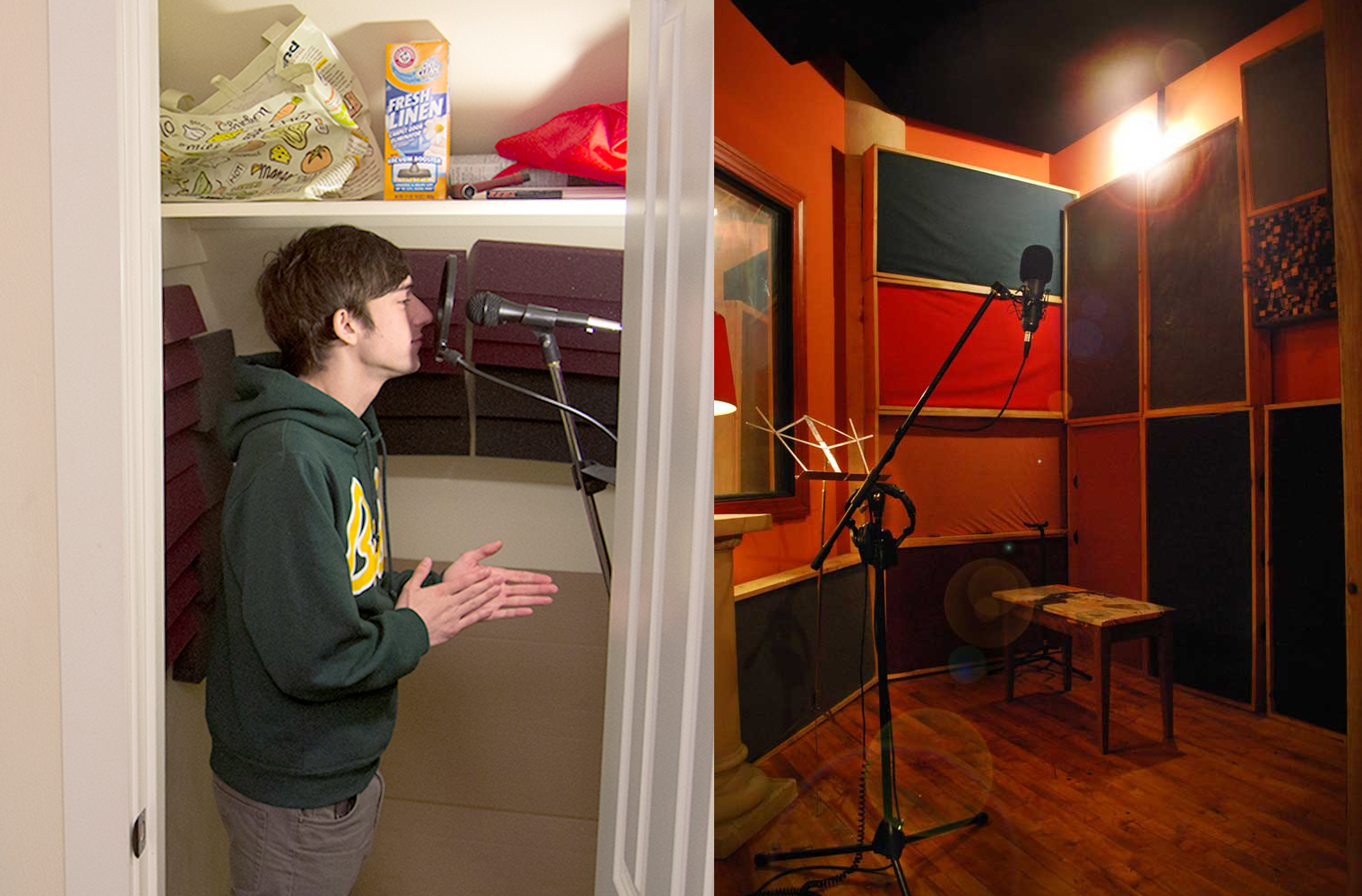
First of all, the vocalist was recorded in an iso room with virtually no early reflections. And though your MXL and interface recorded at just about the same level, the studio’s pristine Neumann FET47 through an API 512c preamp didn’t just sound “better”, but considerably different. And let’s not lose sight of the fact that the vocalist in question had incredible mic technique – leaning into the quiet parts for intimacy and back again to belt out the big notes.
“No big deal”, you steadfastly maintain with your arms crossed. “They’re using an LA-2A into a doubler plug-in, that should even things right up.” That’s what compressors do, don’t they? So why are yours cutting out all over the place? (Because there’s a gate on it and yours aren’t as loud) Why is the sibilance on mine so harsh? (because the singers have different mouths and faces) Where’s the big-chested authority on the low notes? (because their vocalist sings about an octave lower).
So you adjust. You tweak. You EQ. You try different compressor settings (hey, they’re from the same engineer who made the template). For lack of a better term, you begin to panic. You know what, mute the vocals for now and let’s work on the drums. Drums are easy.
NO. THEY AREN’T.
Okay, both your track and theirs are using sampled bass drums. Just like your kick, there are different elements combined to create their sound: one track for lows and another for attack, plus a third for a low sine-wave “808 effect”. “Voila!” you exclaim, realizing that you had something backwards before. So you do a little cleanup and now, somehow, you’ve made it even worse.
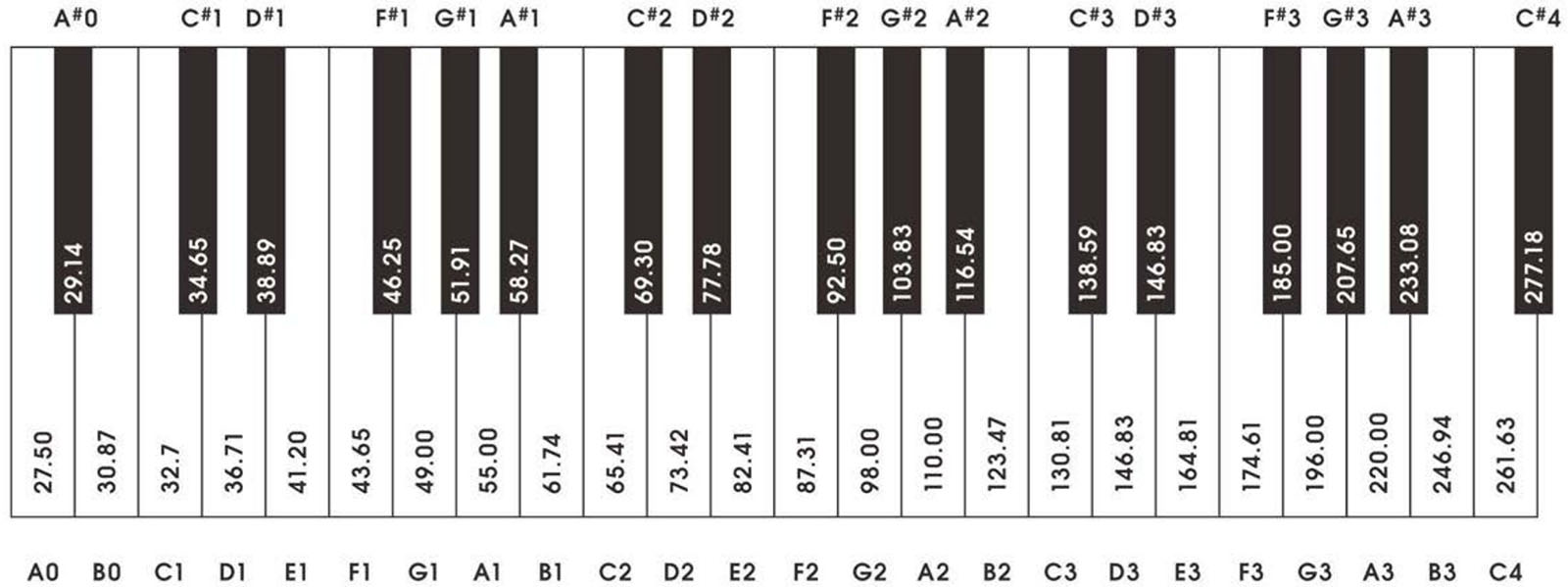
Let’s talk about the kick. First of all, their song is in the key of D and yours is in F. The lower kick and the 808 on the template are pushing 37 and 74hz which are a ways off from 44 and 87 (down here in the lowest registers, 5hz of difference can feel like a mile). Oh, and their samples were normalized to -3dbfs and yours aren’t. Their kicks are sending a key input to trigger a compressor on the bass track, but on yours it’s pushing the track into a messy pumping effect. It seems like for every one thing you fix, two more problems appear.
WHY MIX TEMPLATES DON’T WORK
The crucial flaw of mix, eq and routing templates is that no two sounds are truly alike. Just a bass drum can be soft, round, hard, chiseled, hollow, wet, chesty, thumpy… to say nothing of being several bussed tracks at once versus being single elements. They can either be very compressed or have a wild amount of gain. And that holds true for virtually any instrument you’ve got – be it cello, cajon, castrato choir or otherwise. Spaced pair recordings aren’t always perfectly aligned and in phase. Something as simple as an SM57 close-miking a guitar cabinet changes drastically with so much as a ½” inch or degree of difference.
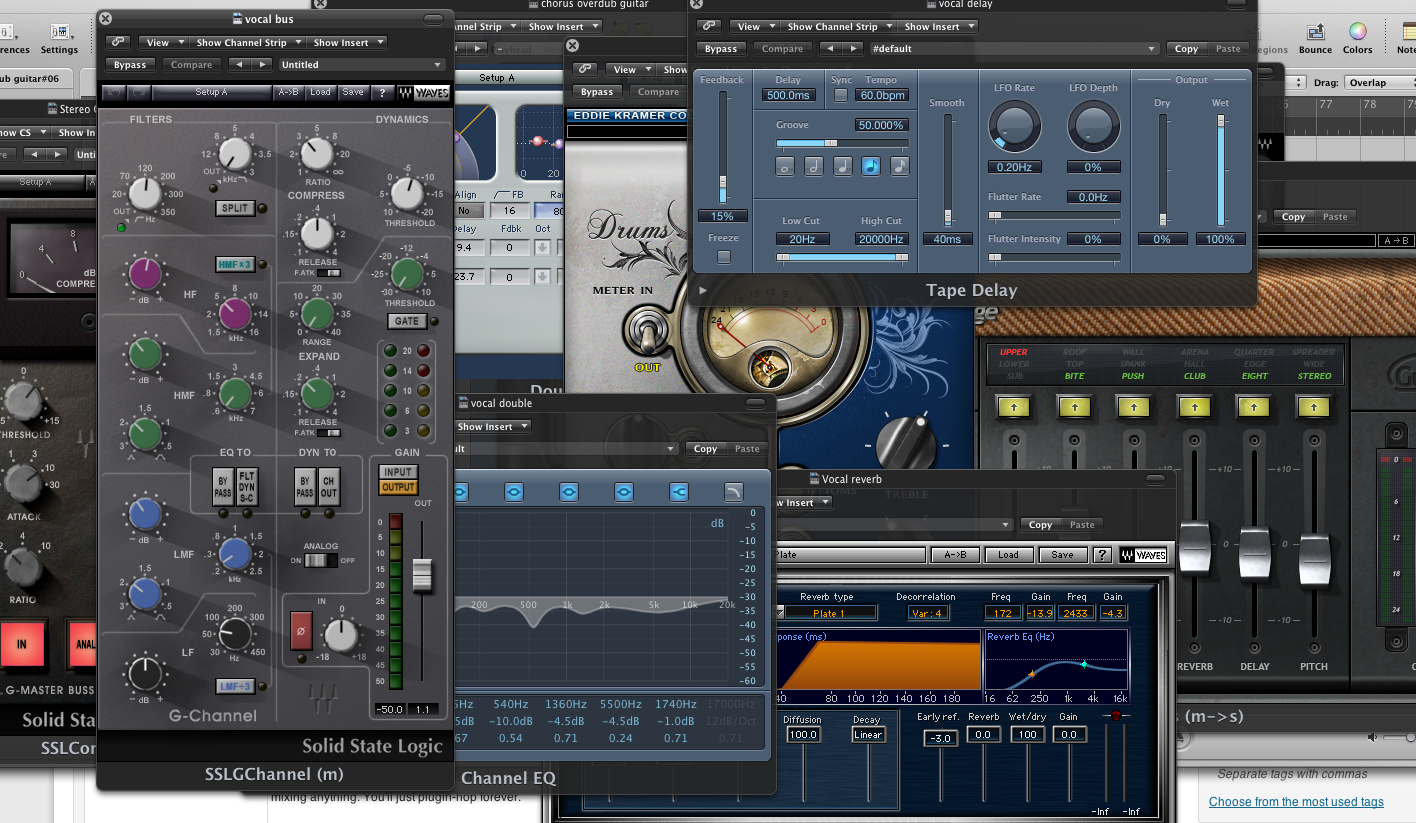
When it comes to tracking and mixing, there are very few standards anymore. Maybe back in the 2” tape and analog console era, you could assume that the kick drum was on track 1 and time code was on 24, but that’s really about it. As processor and hard drive speeds have become lightning-fast, the newer breed of engineers seem determined to press the limit with track counts often going into triple digits (a big part of this is printing numerous layers of the same track with different sounds, or printing bus effects like reverbs). Much of that is due to a seeming inability to commit to any mix decisions until the final, final, final mix is uploaded.
We are also assuming that any recording matches any recording. In mixing, a matter of 1-2db is the difference between just right and all wrong, how can you do that if you’re using different instruments recorded with different mics in different spaces? When that mix template was created, the idea was to provide some general channel settings, routing groups and effects chains. But you may not need, or even necessarily want “that sound” on your mix. Maybe you don’t need an expansive hall reverb on your drums, or a complex time-delay chain recombinating the more ethereal elements.
THE OTHER REASON MIX TEMPLATES DON’T WORK…
At the very fundamental level, we all got into doing this because making music sound great, artists happy and their fans blown away, are just as much a creative exercise as they are technical ones. And while, no, not every engineer out there today can rattle off the time of a dotted quarter note delay at 140bpm in milliseconds, we all try to get to the same place by facts or feelings. Experimentation, even for the most graph-paper-brained among us, is still one of the absolute joys of this craft.
Yes, we all have those mixes, albums and engineers who we look up to, even emulate a little bit. But that’s not to say we want to sound exactly the same. Audio’s always been about putting on our own spin or our own unique touch. That’s been the very core of what’s propelled the art and science of this forward for almost a century. And again, we are all competitive by nature and even the most turnip-truck of upstarts sets out to make their work sound even bigger than the big names in this nutty business.
So while it’s understandable that people might want to take a shortcut or two, these are the sorts of sidesteps that not only deprive you of learning and honing your technique, but likely trip you up as you try and reverse-reverse-engineer your way out of a mix that was never right for your recording in the first place. Just because Andy Wallace uses a 10ms slap delay on an ambient room mic doesn’t mean you should, too. Try it if you must, but do you really need a preset or a template to do that?
KEEP YOUR BEER MONEY
For as long as I have been doing this, I have never once seen a viable substitute for rolling up your sleeves and really putting in the work. Question every mix decision as they pile up, don’t be so hard-headed as to keep something that’s “good enough” or “not important”. And always maintain the intellectual curiosity to wonder “hey… what if I did this instead?” A LOT of classic sounds that are now “the way” started unintentionally. There’s one good use for templates and presets and that’s building your own – particularly if you are doing multiple songs for the same artist.

I know we all want to stand out and create mixes that make our competition itch with jealousy. And in our race to achieve relative insignificance in the world of music, we’ll turn over every rock looking for a way to stand a few inches taller than the rest. That’s to be expected. But putting on Michael Jordan’s famed #23 jersey won’t help you with your jump shot and putting Tony Maserati’s lifetime of experience on your mix will most decidedly not turn it into Beyonce.
Tips and tricks are great. They’re everywhere. Some of them might even be relevant to what you’re working on. Maybe even the occasional preset might give you a good jumping off point for a particular situation. But whether the knobs were turned by you or Eddie Kramer himself doesn’t matter. We’re all working with the same tools, the same potential and the same intent of greatness. So make your own.



